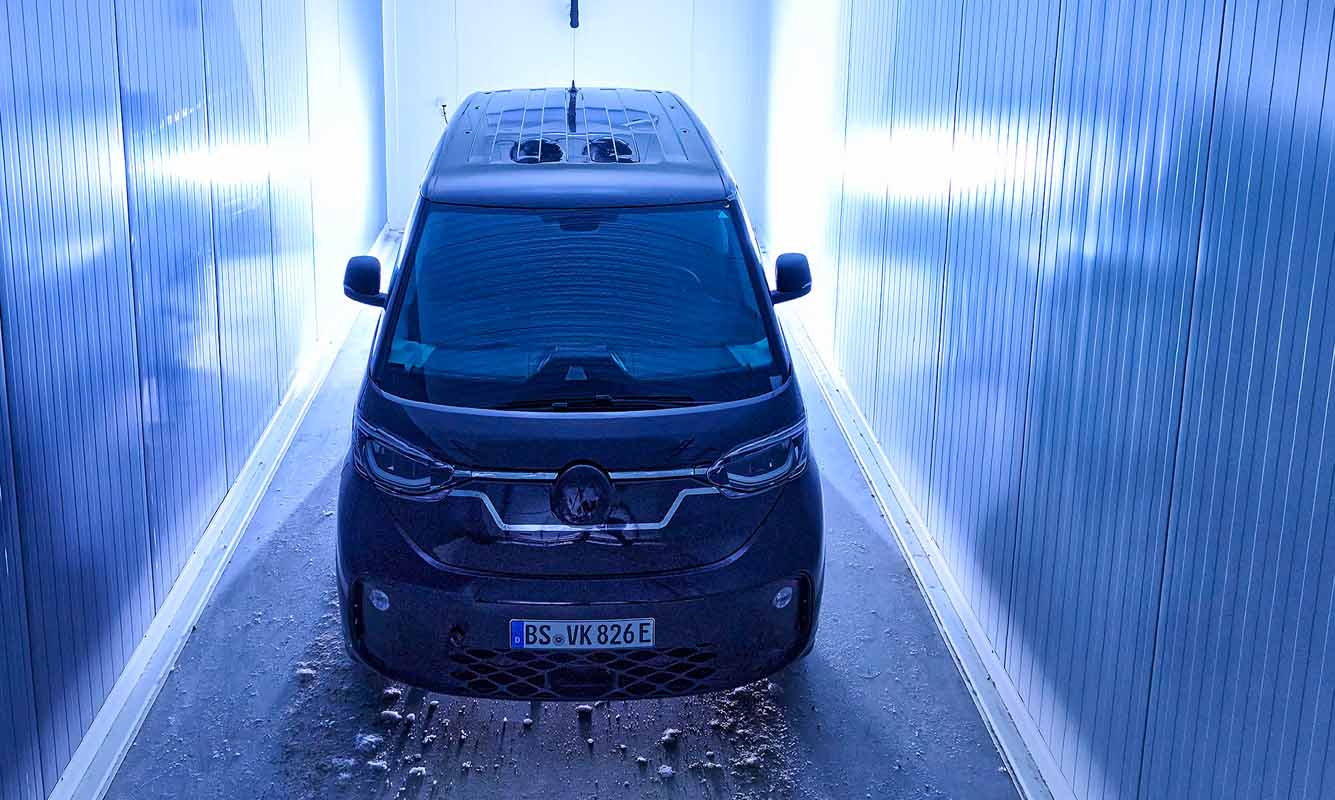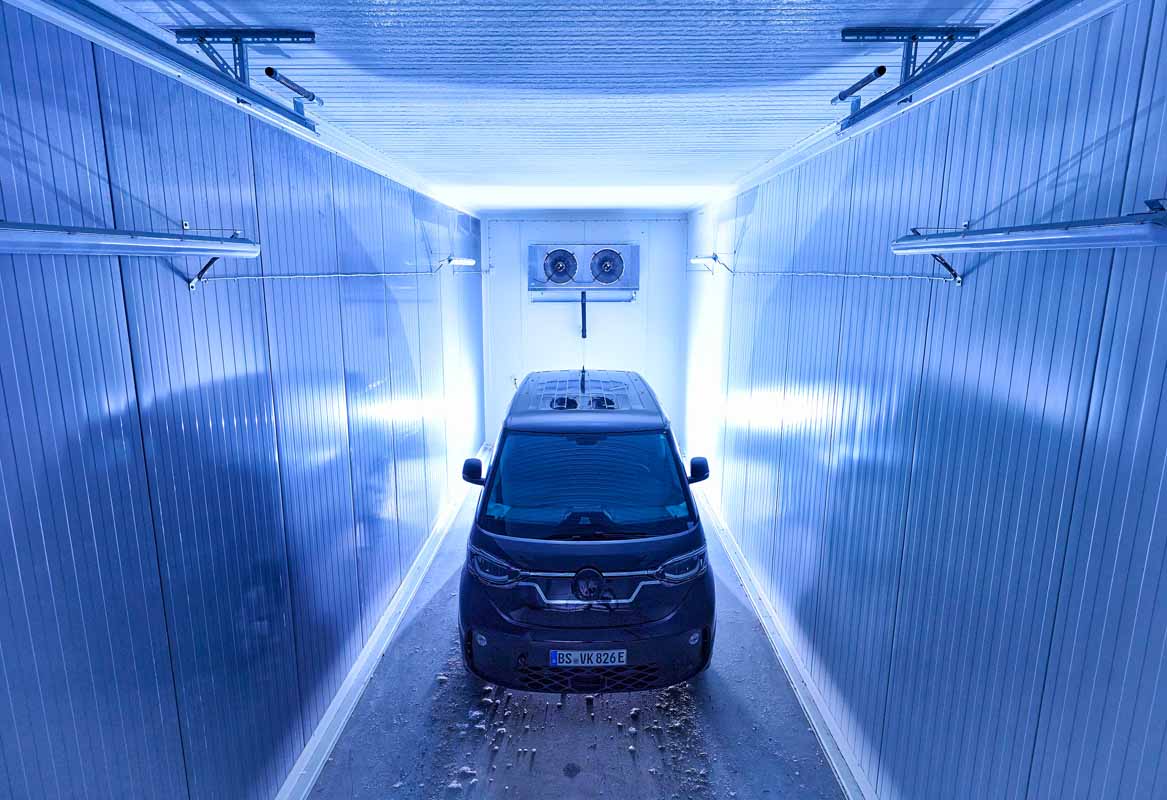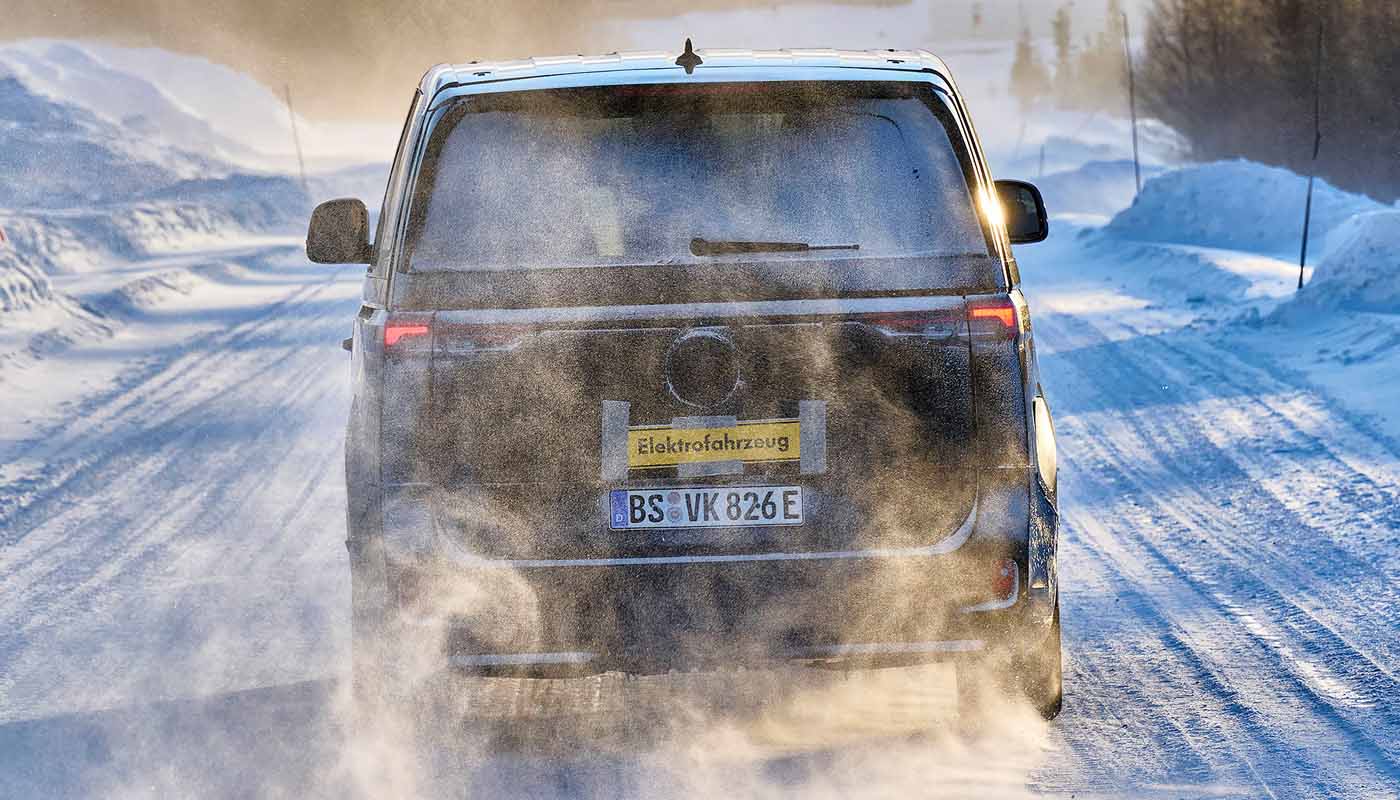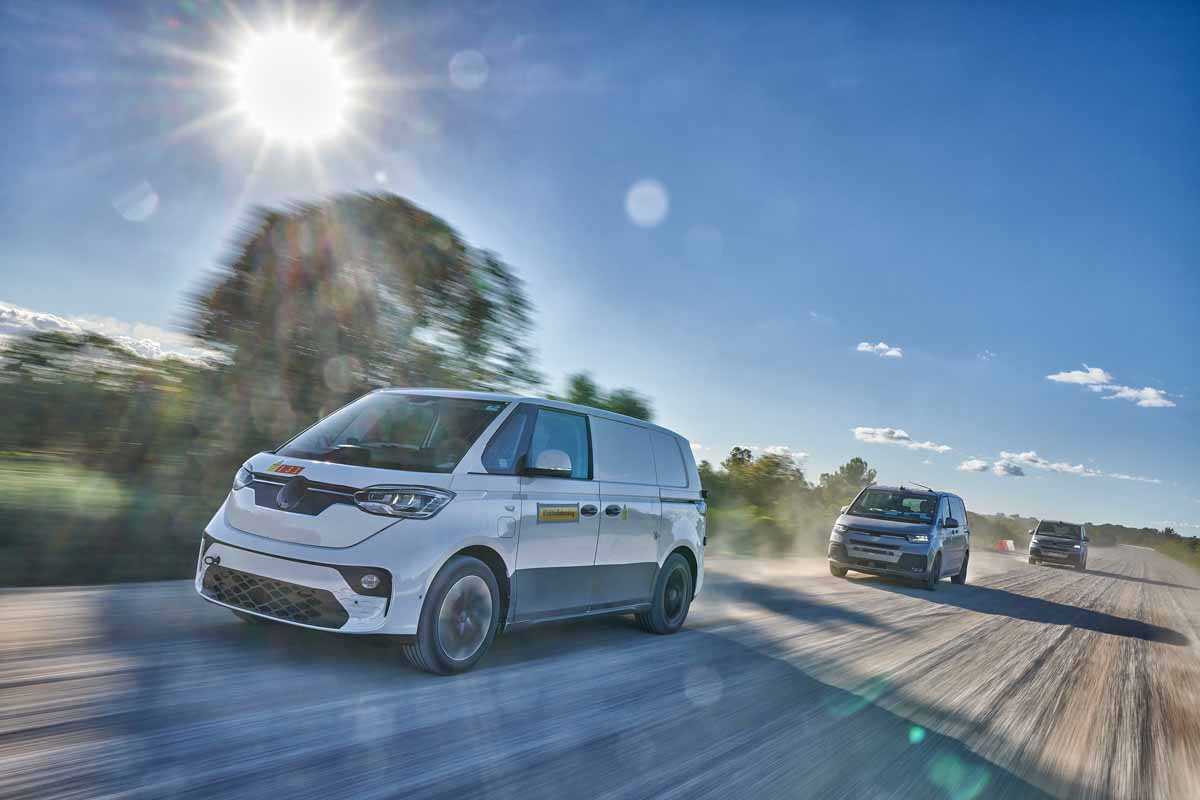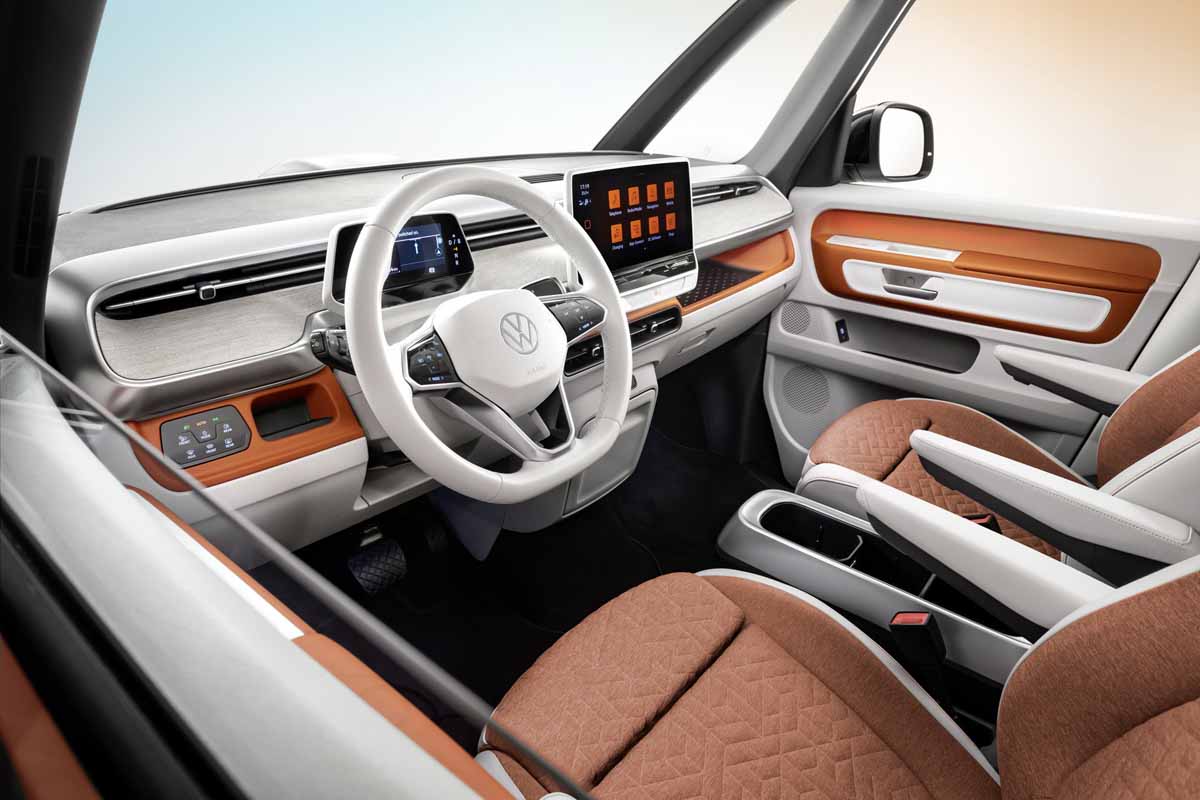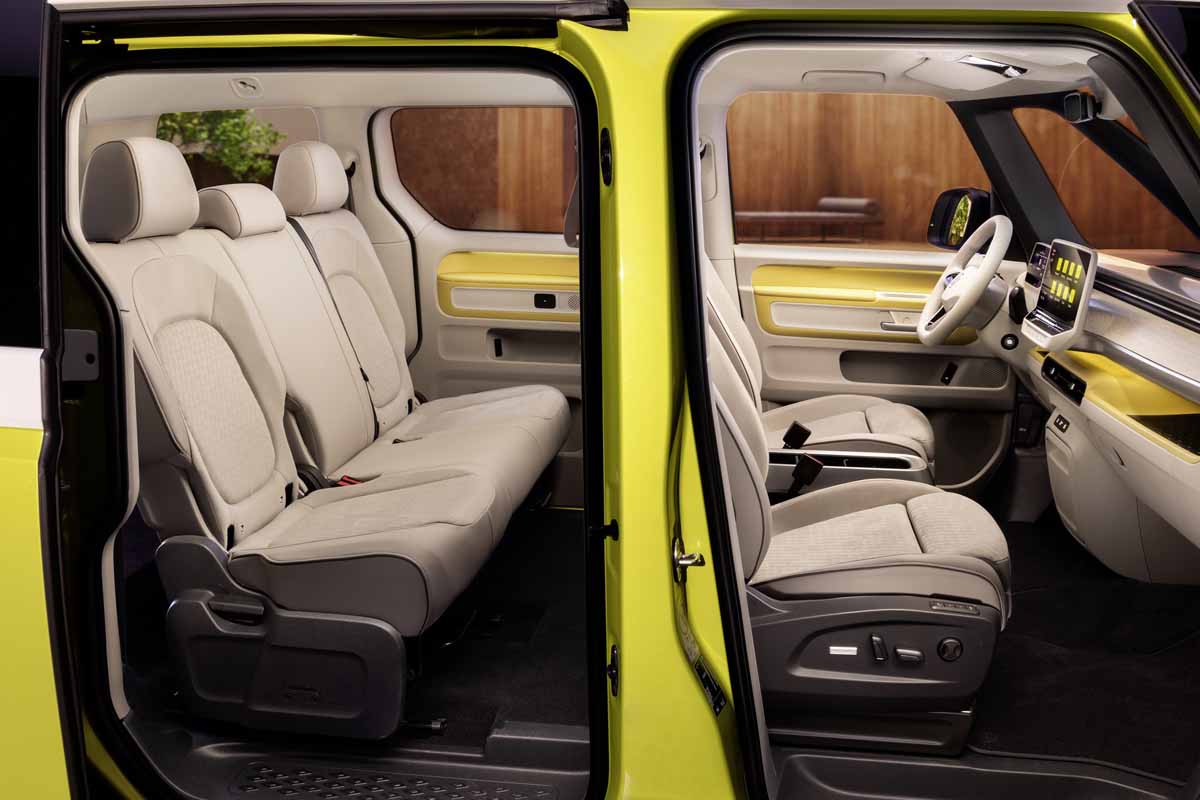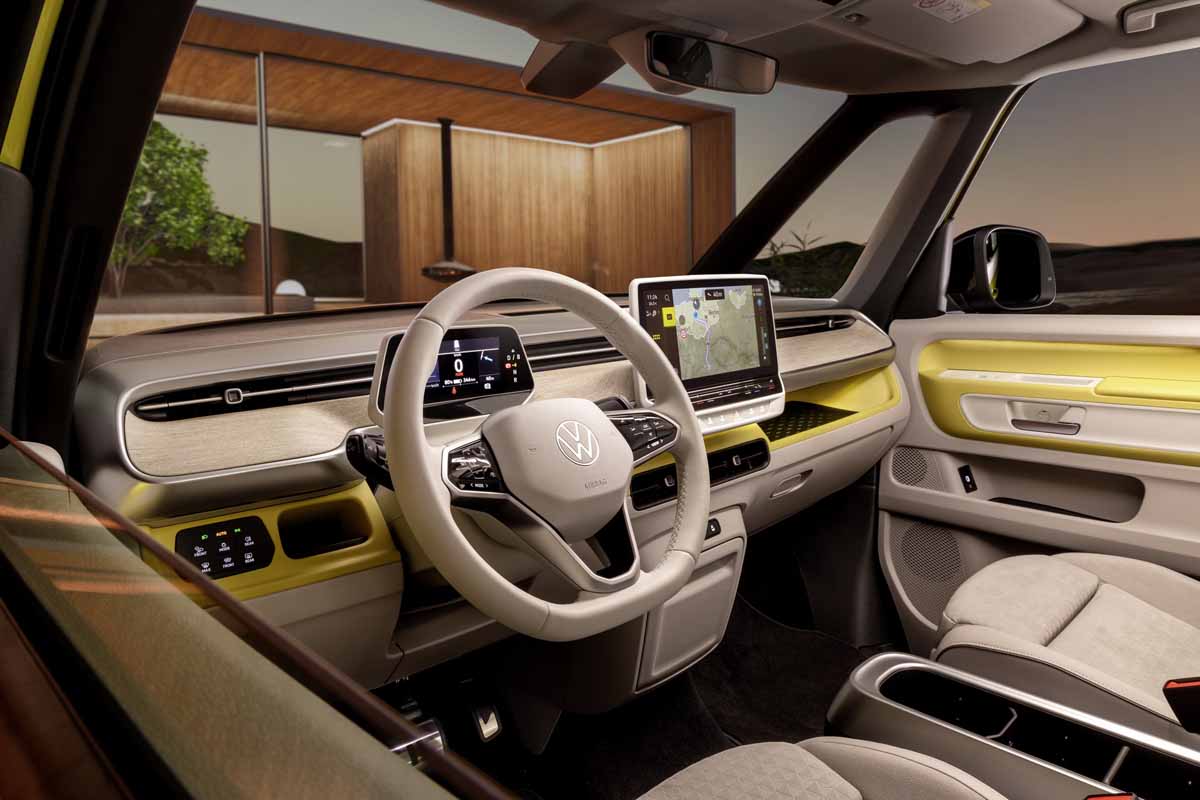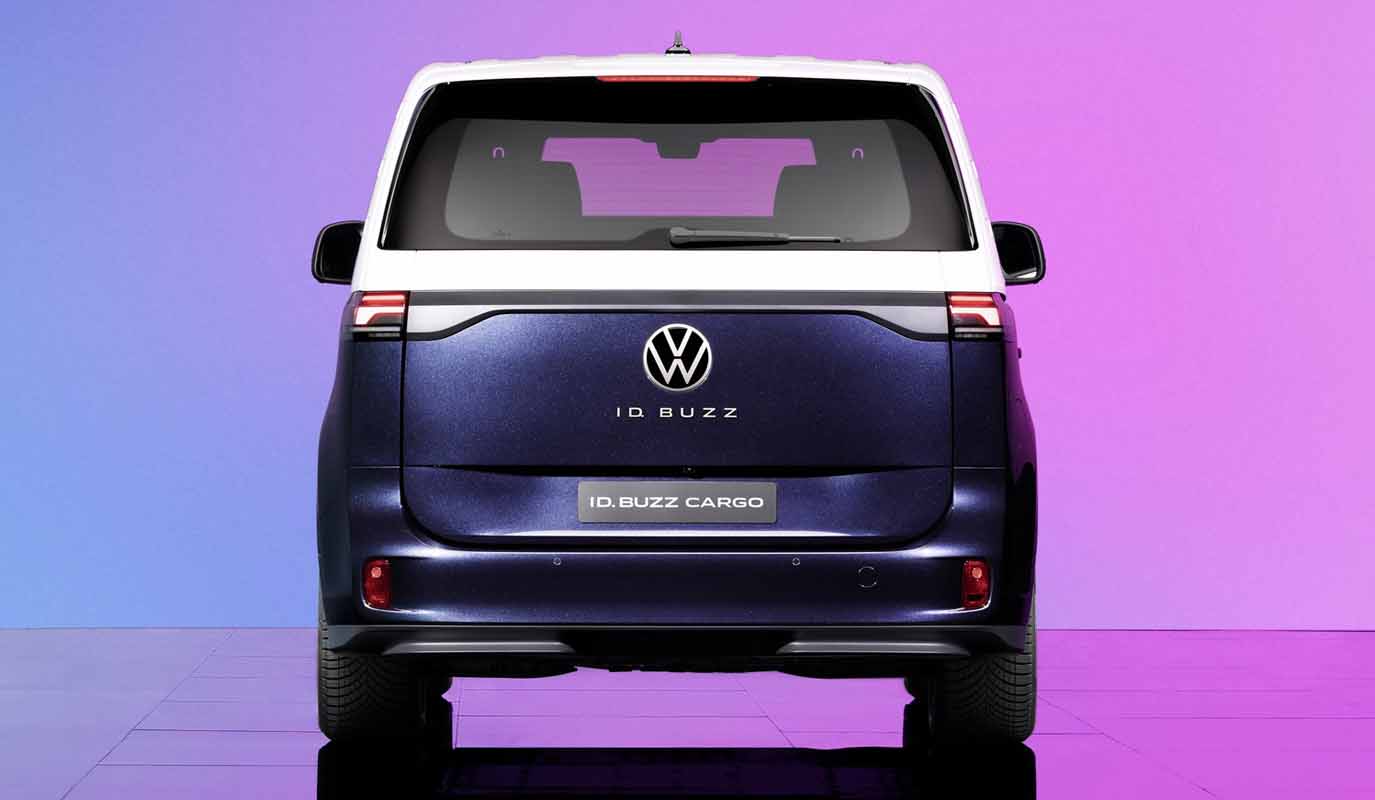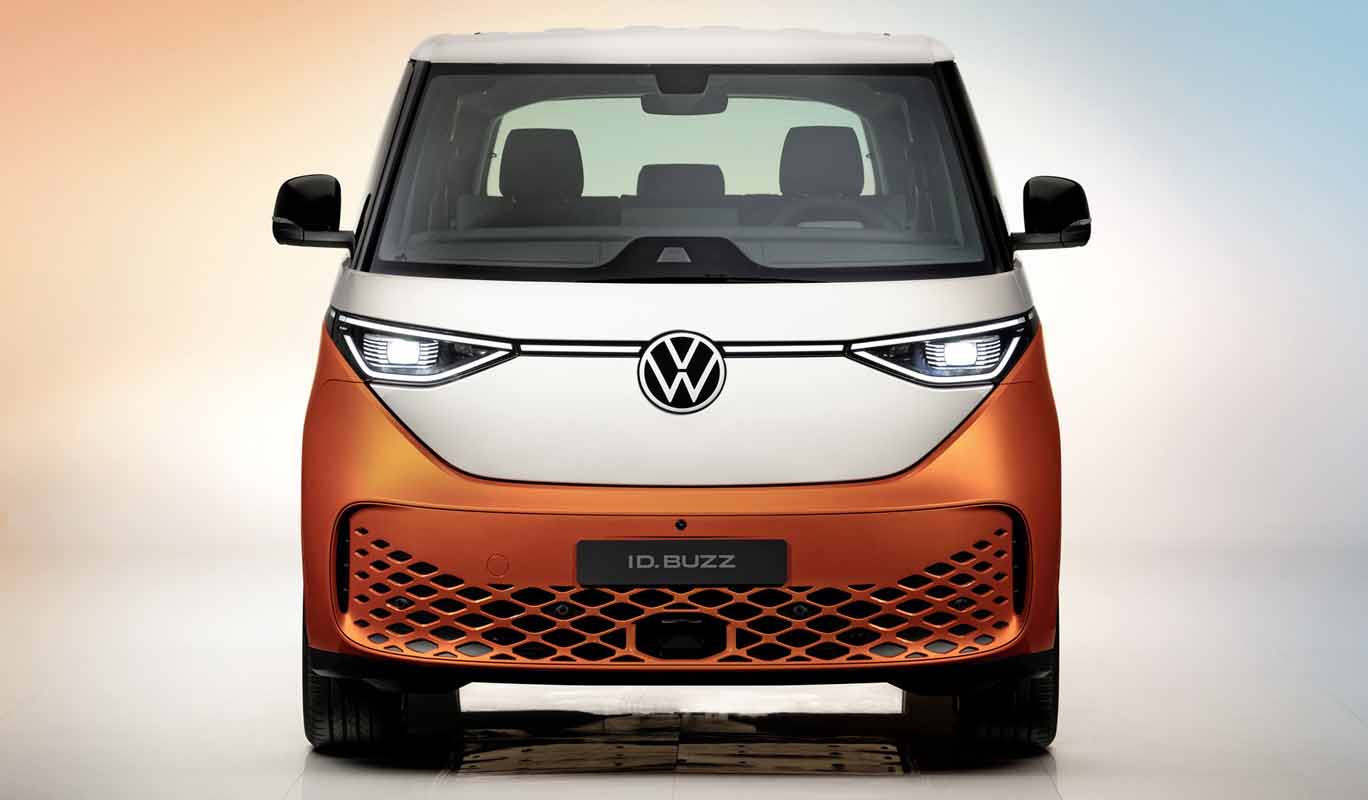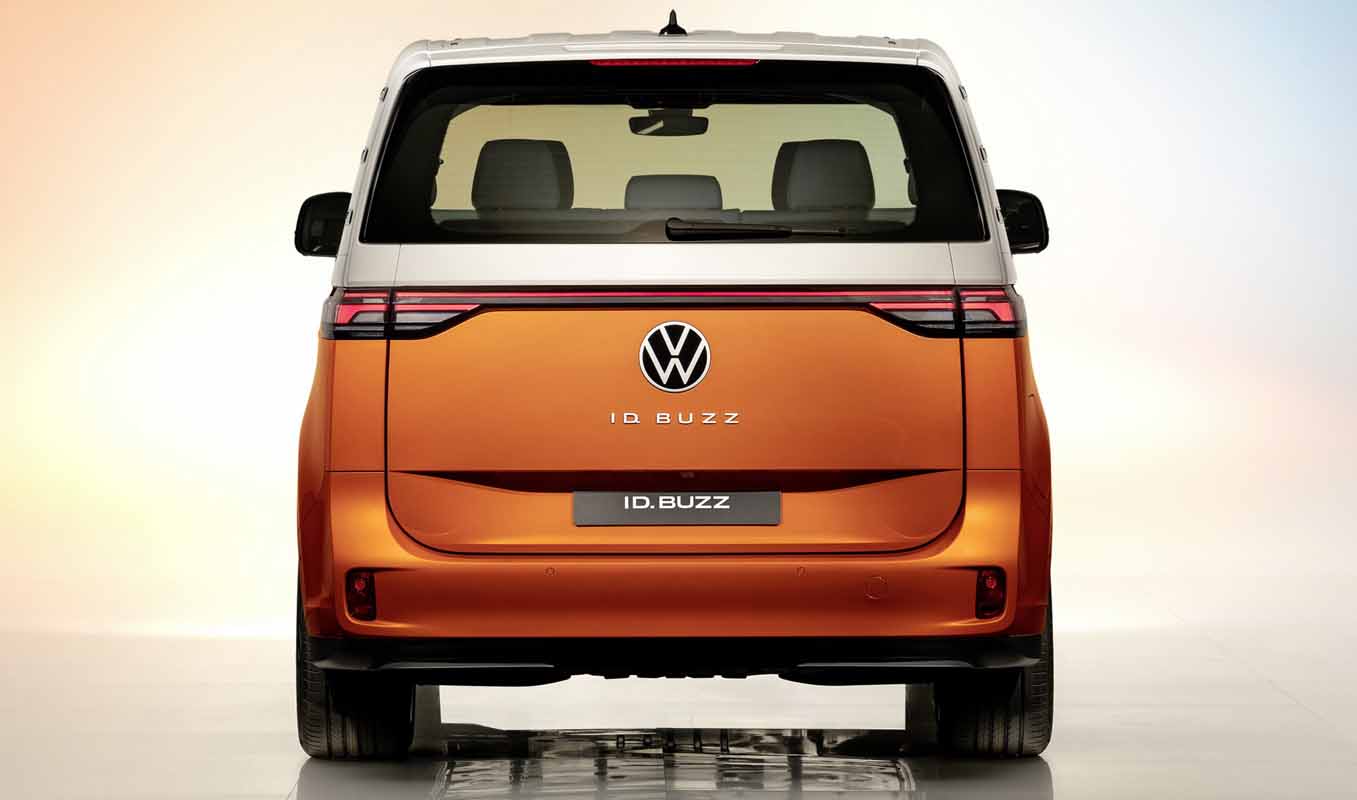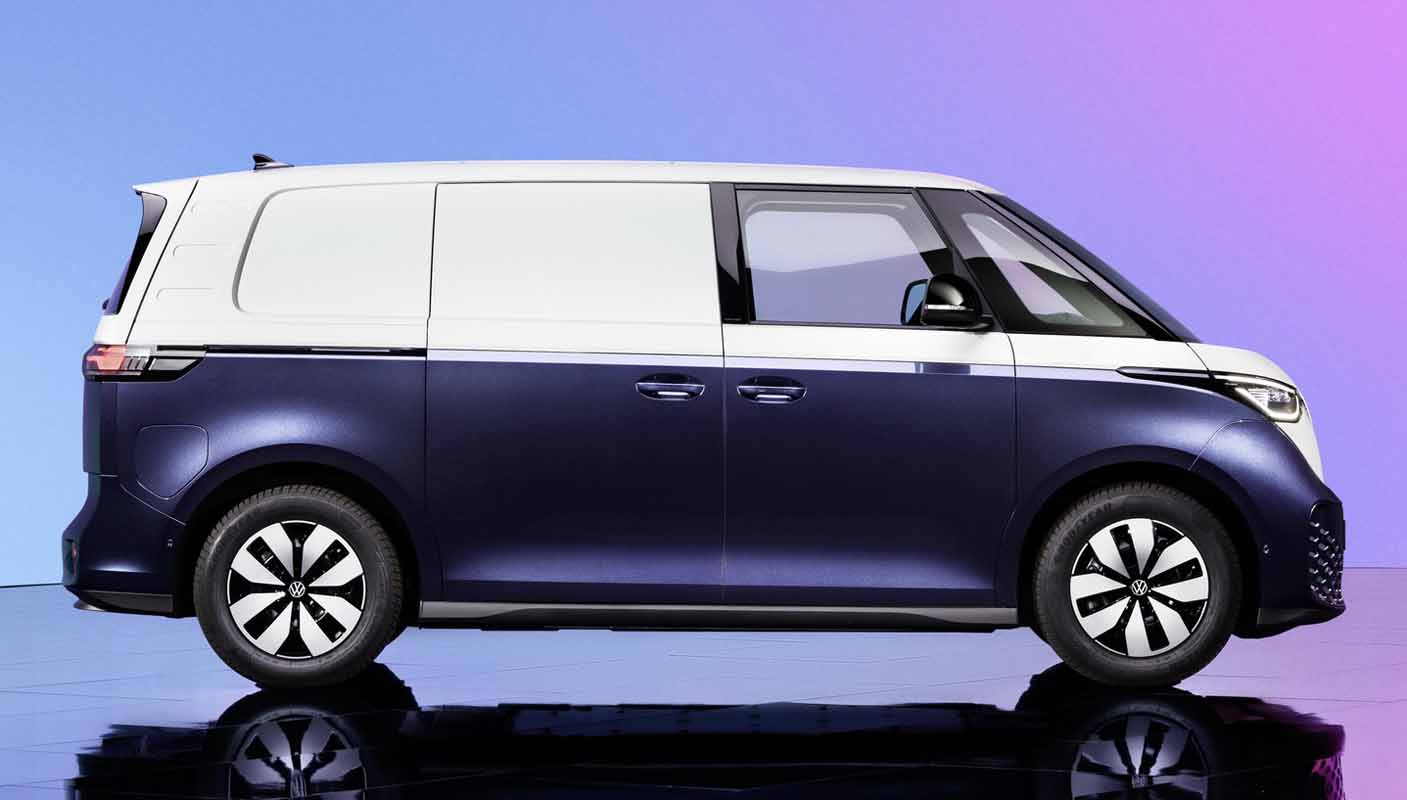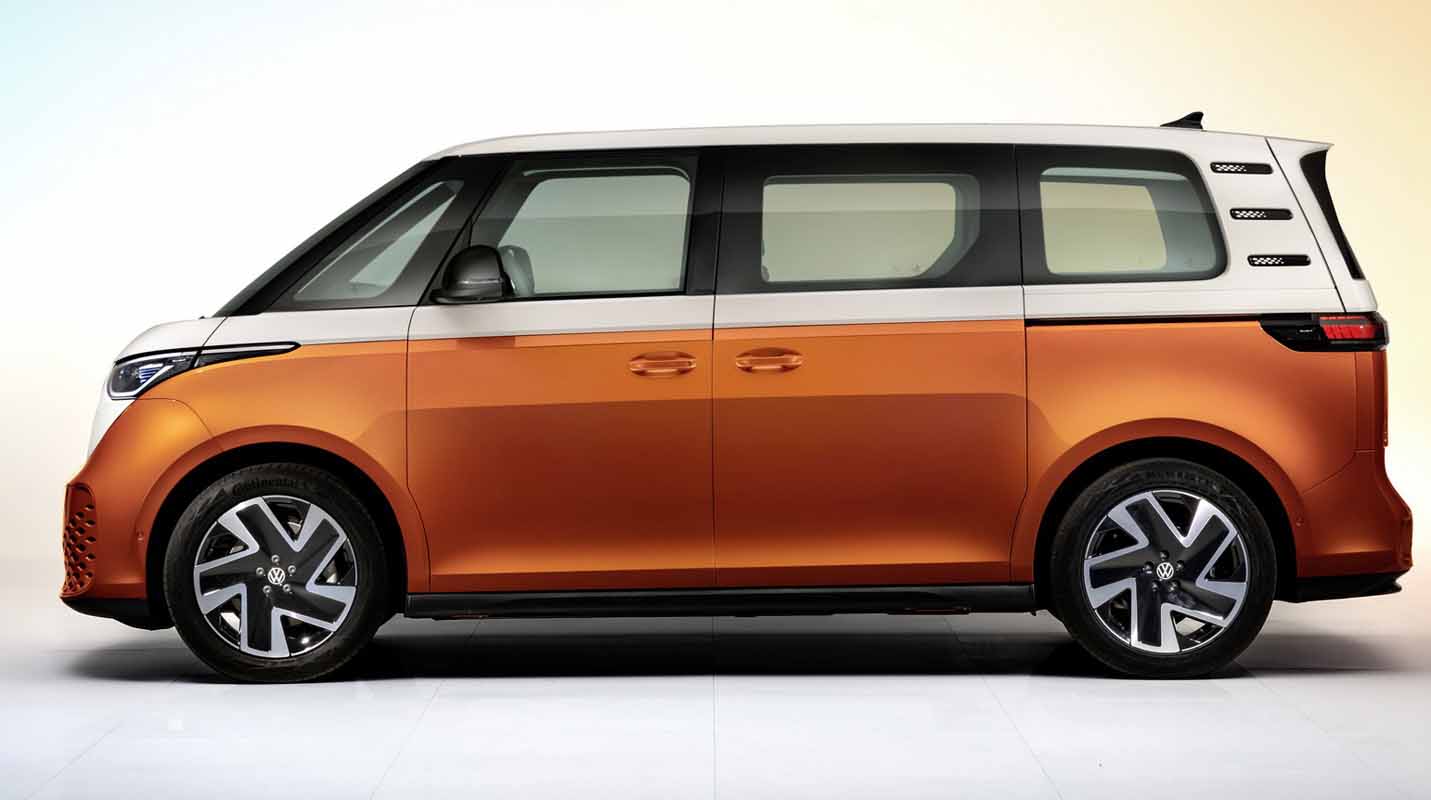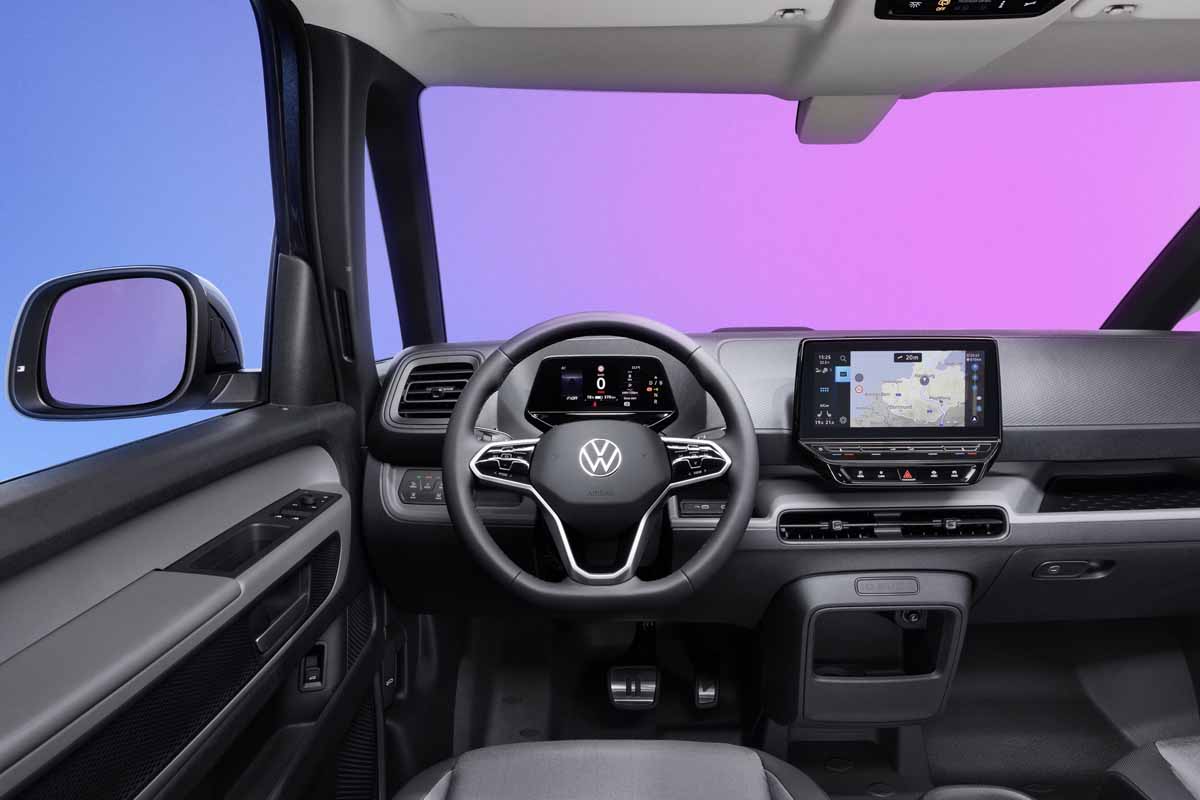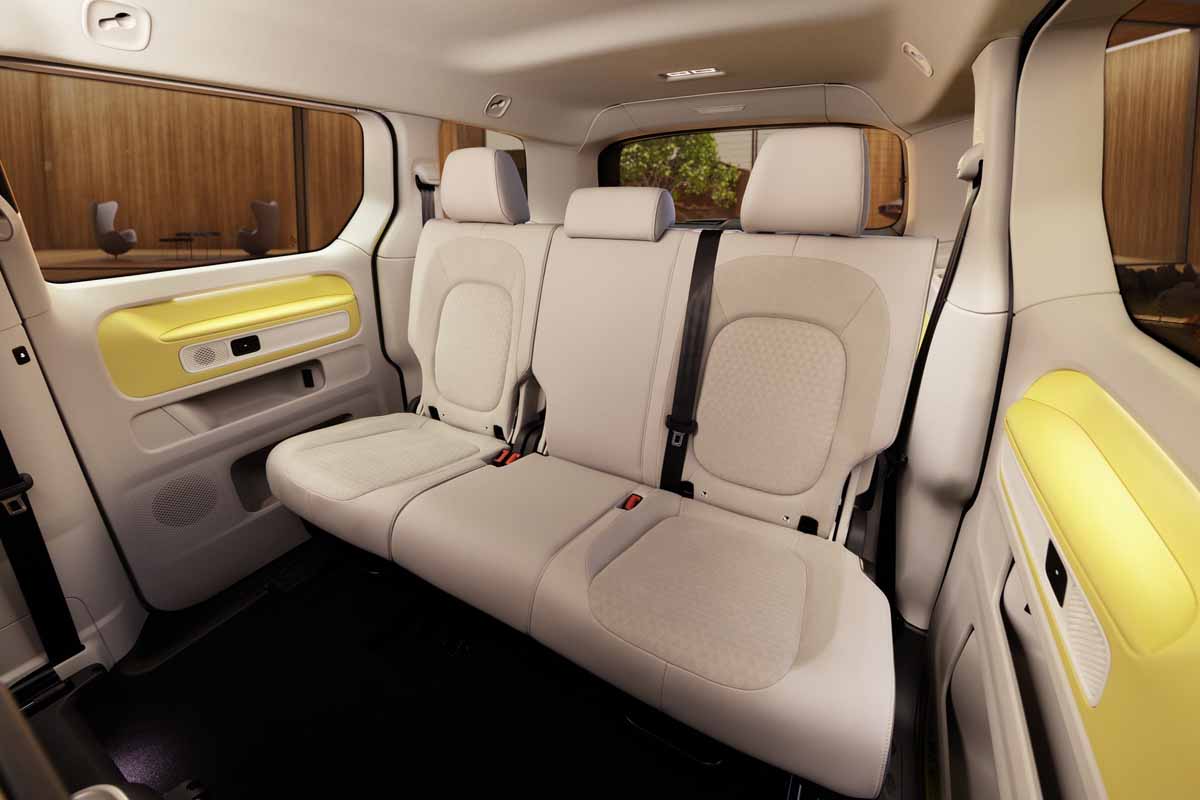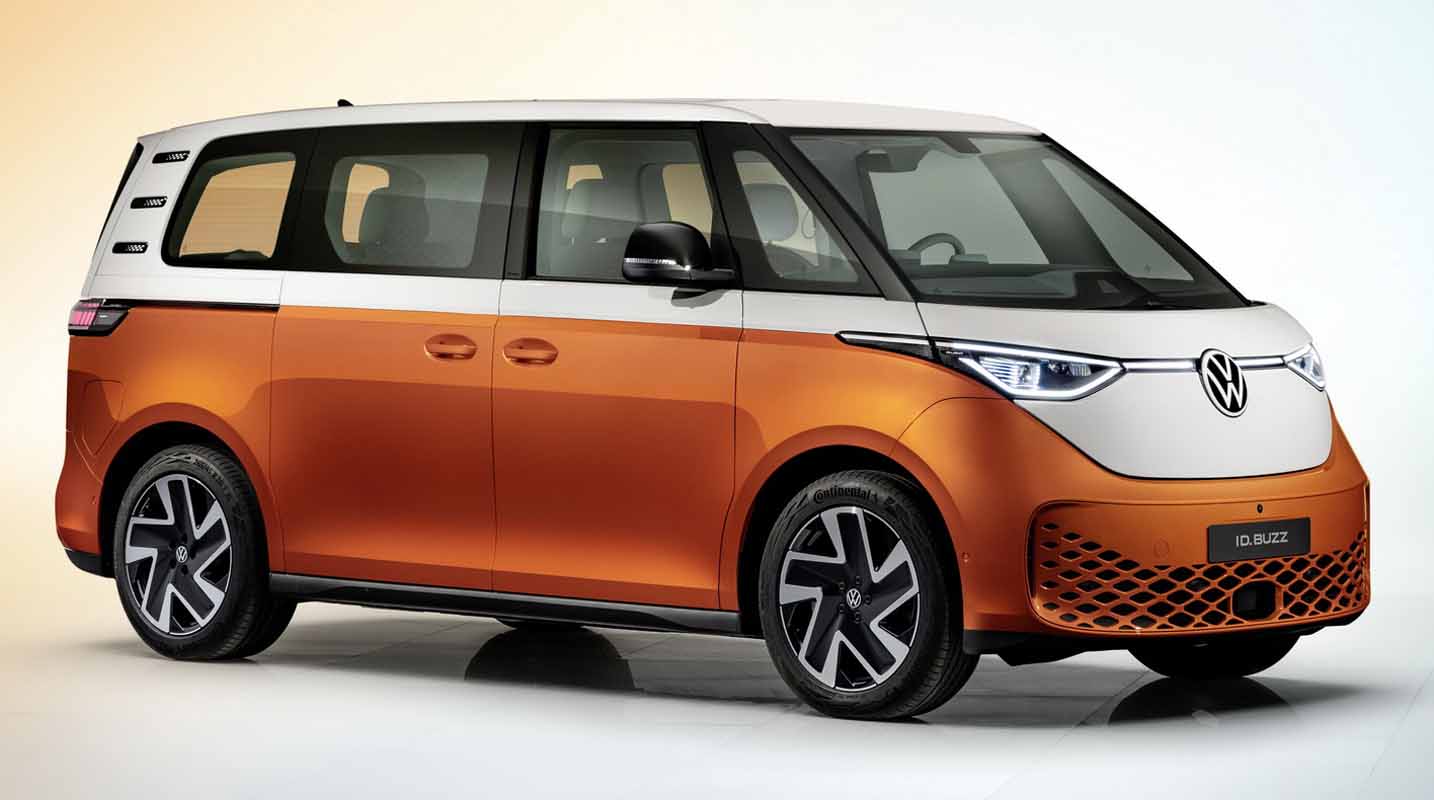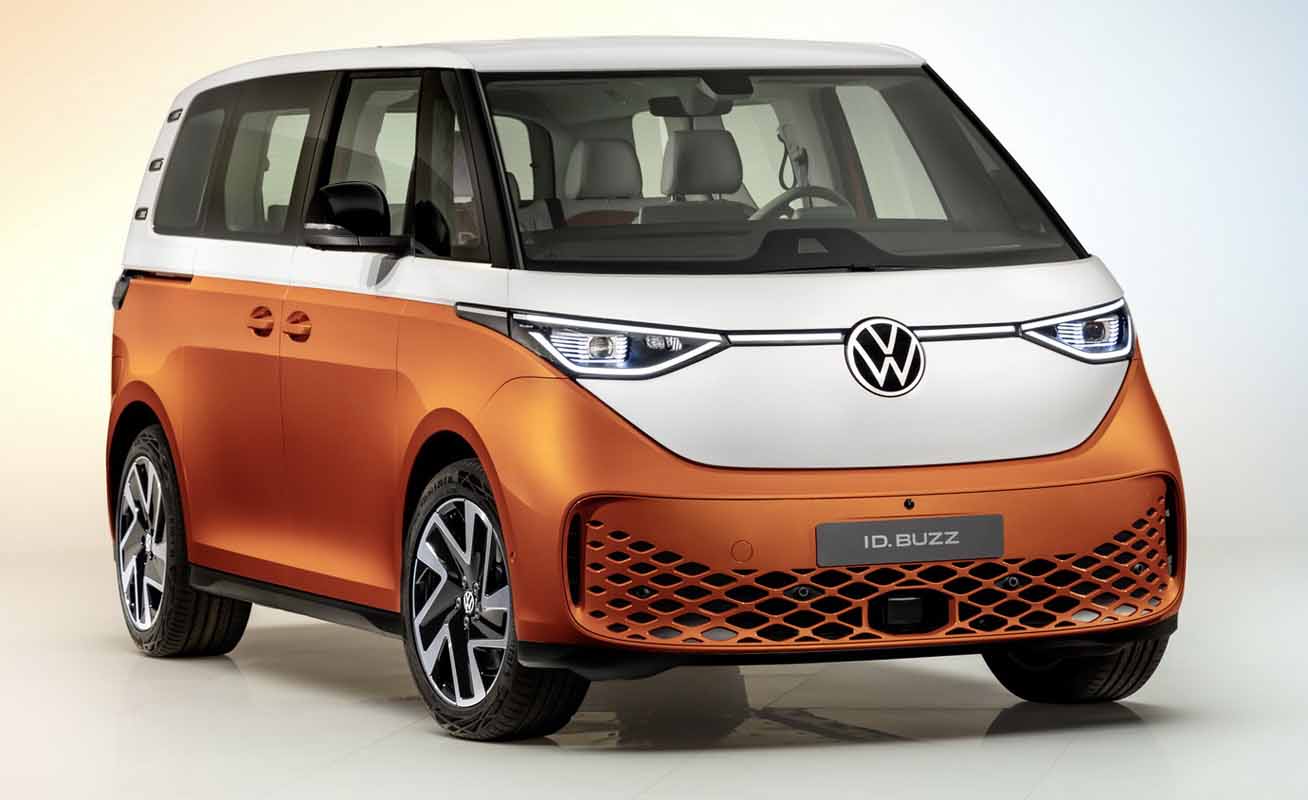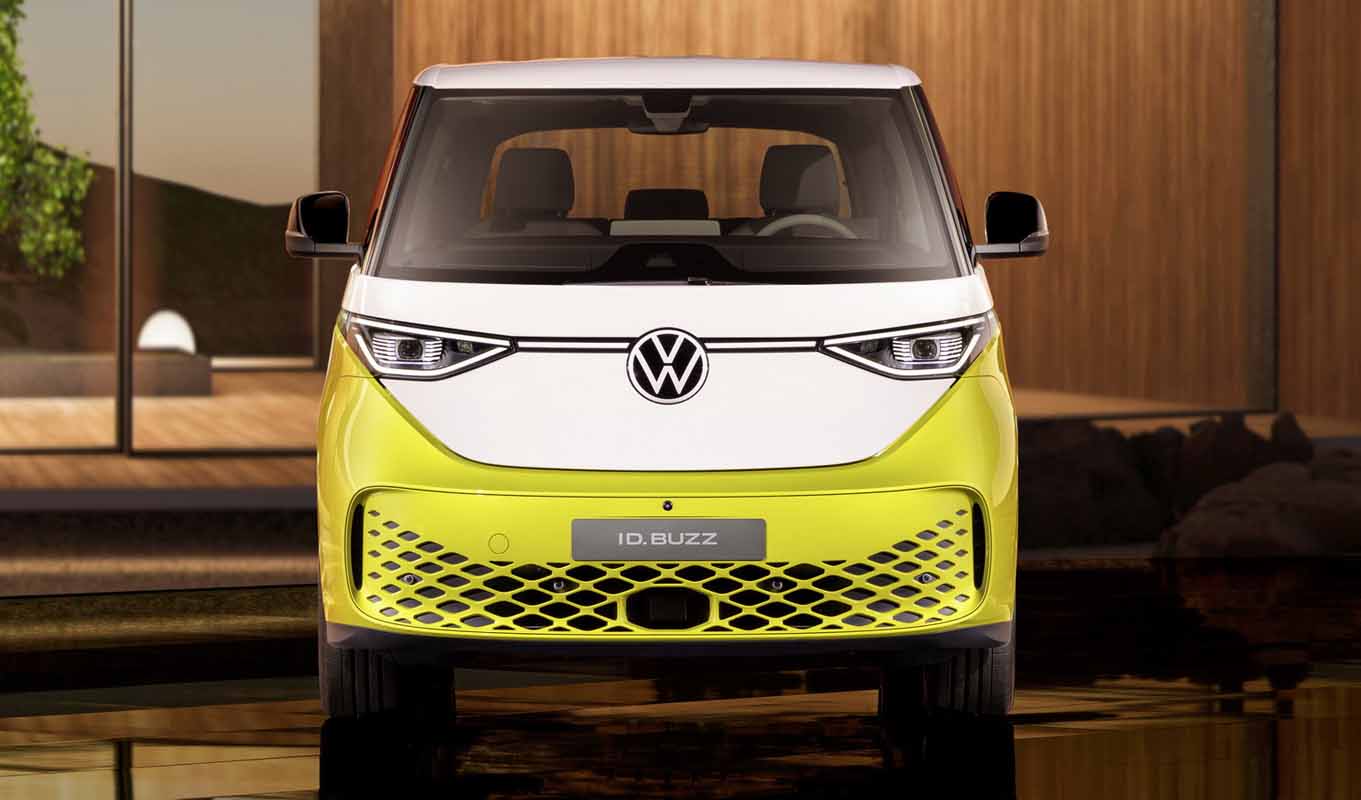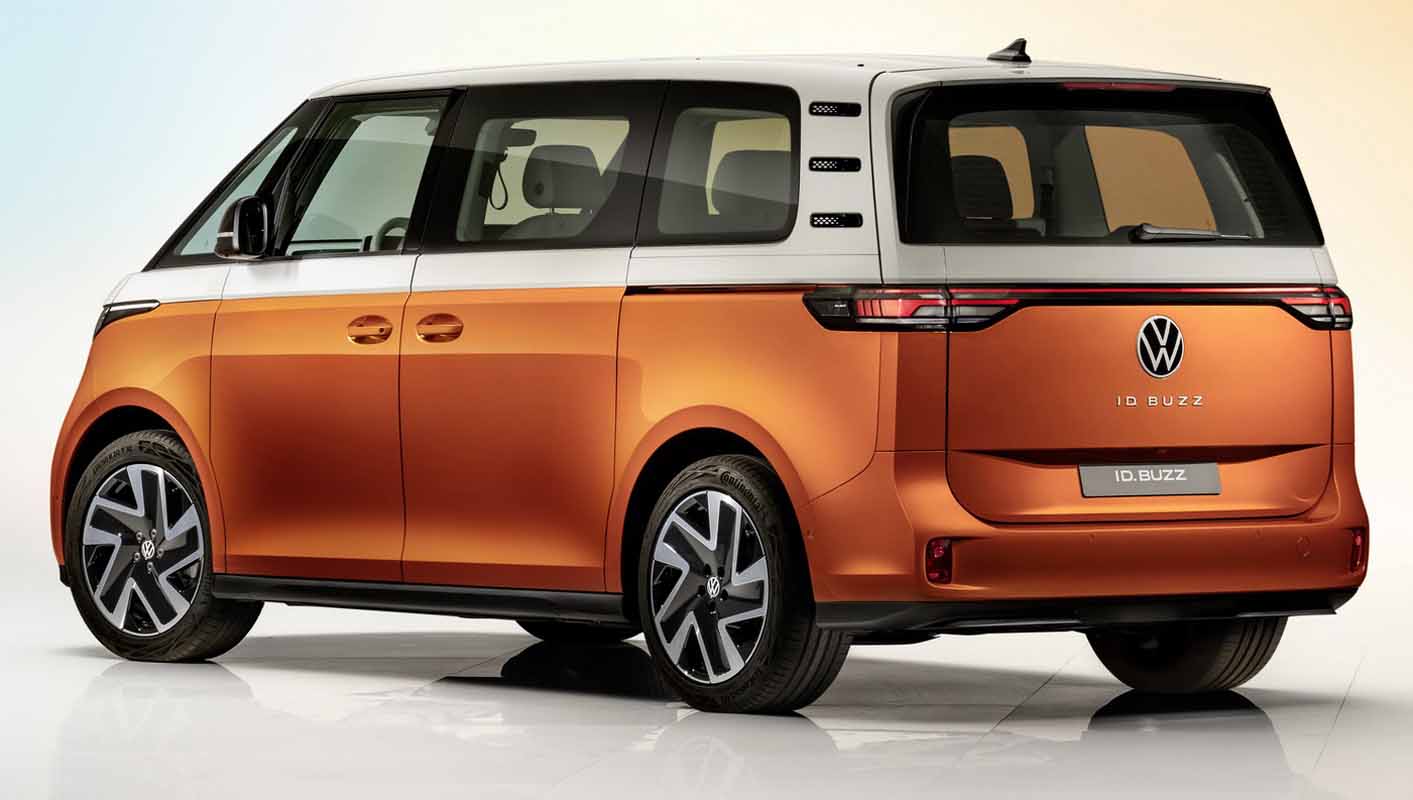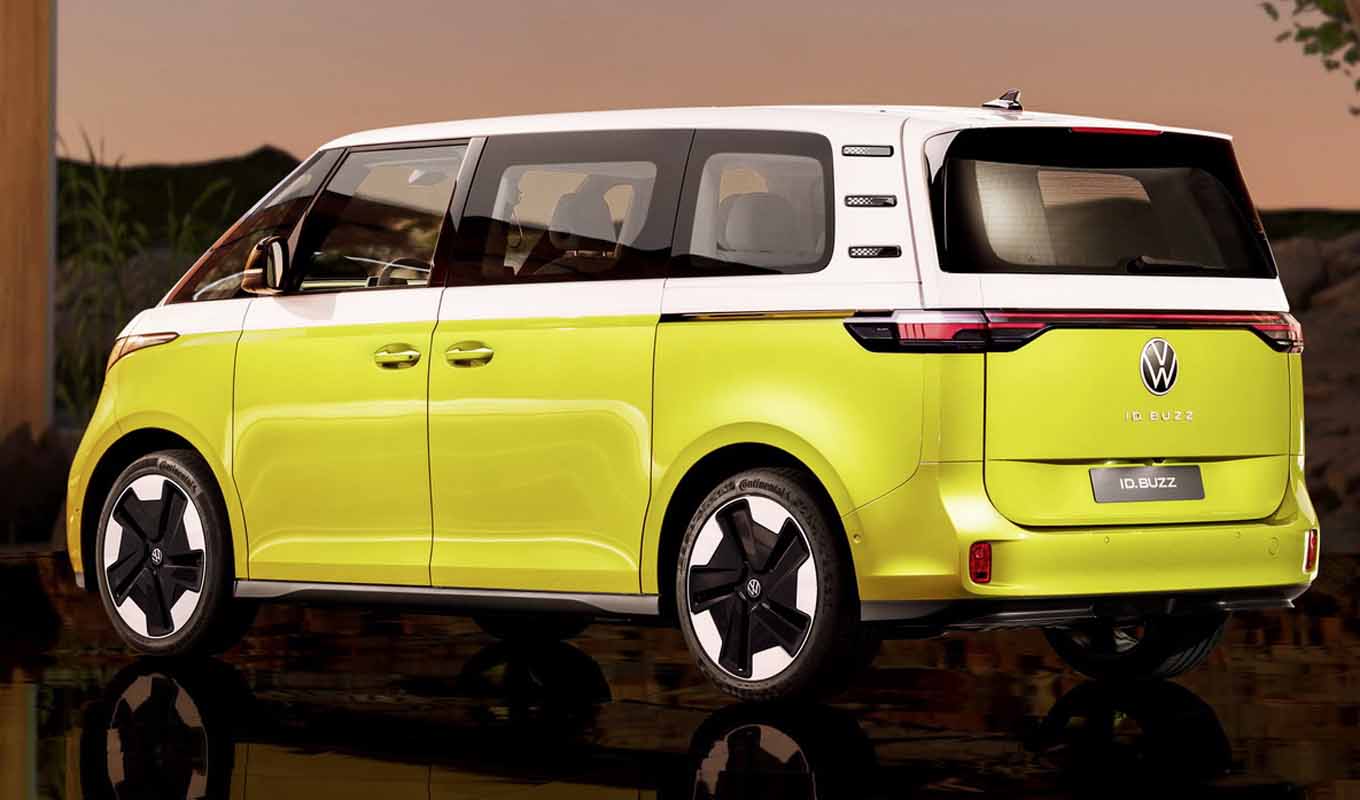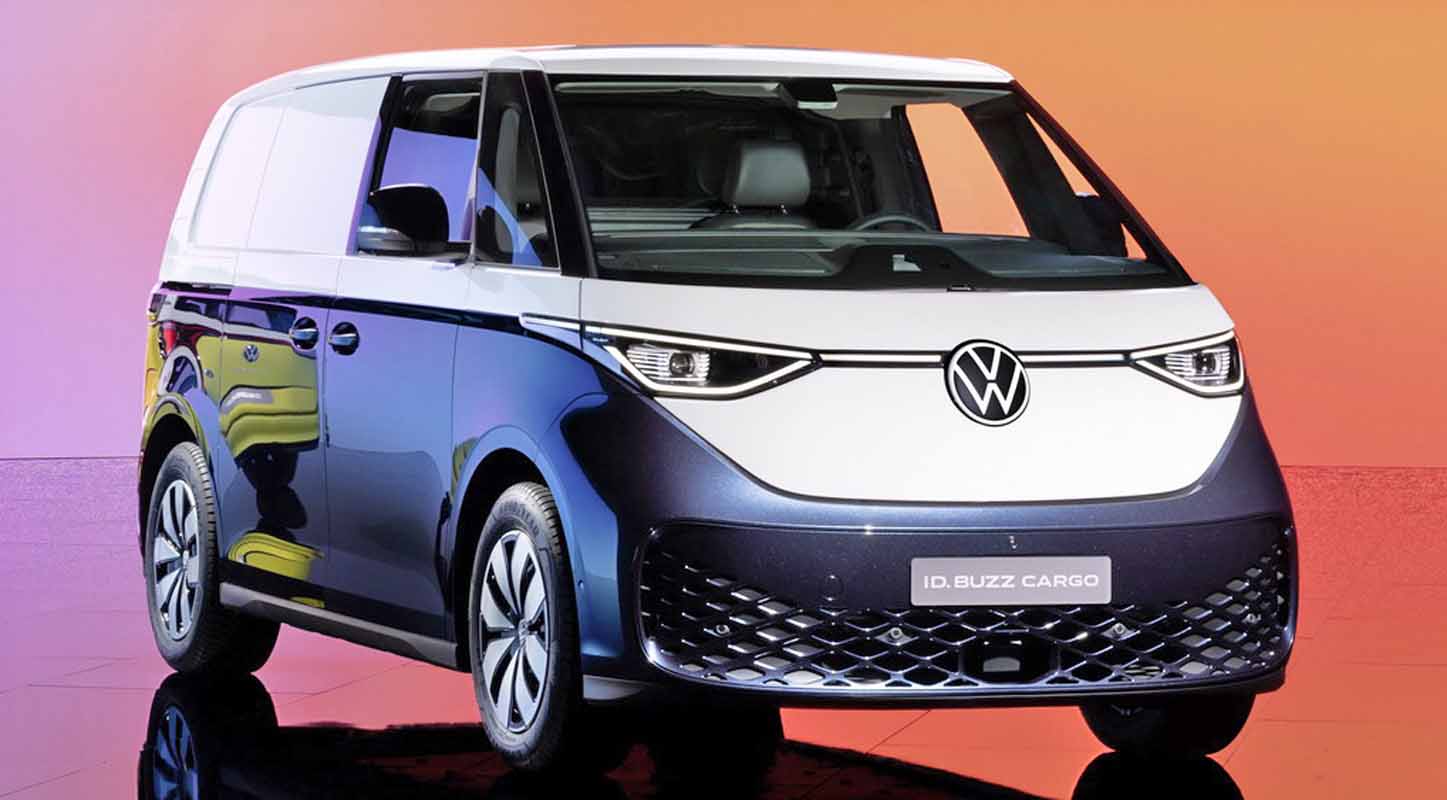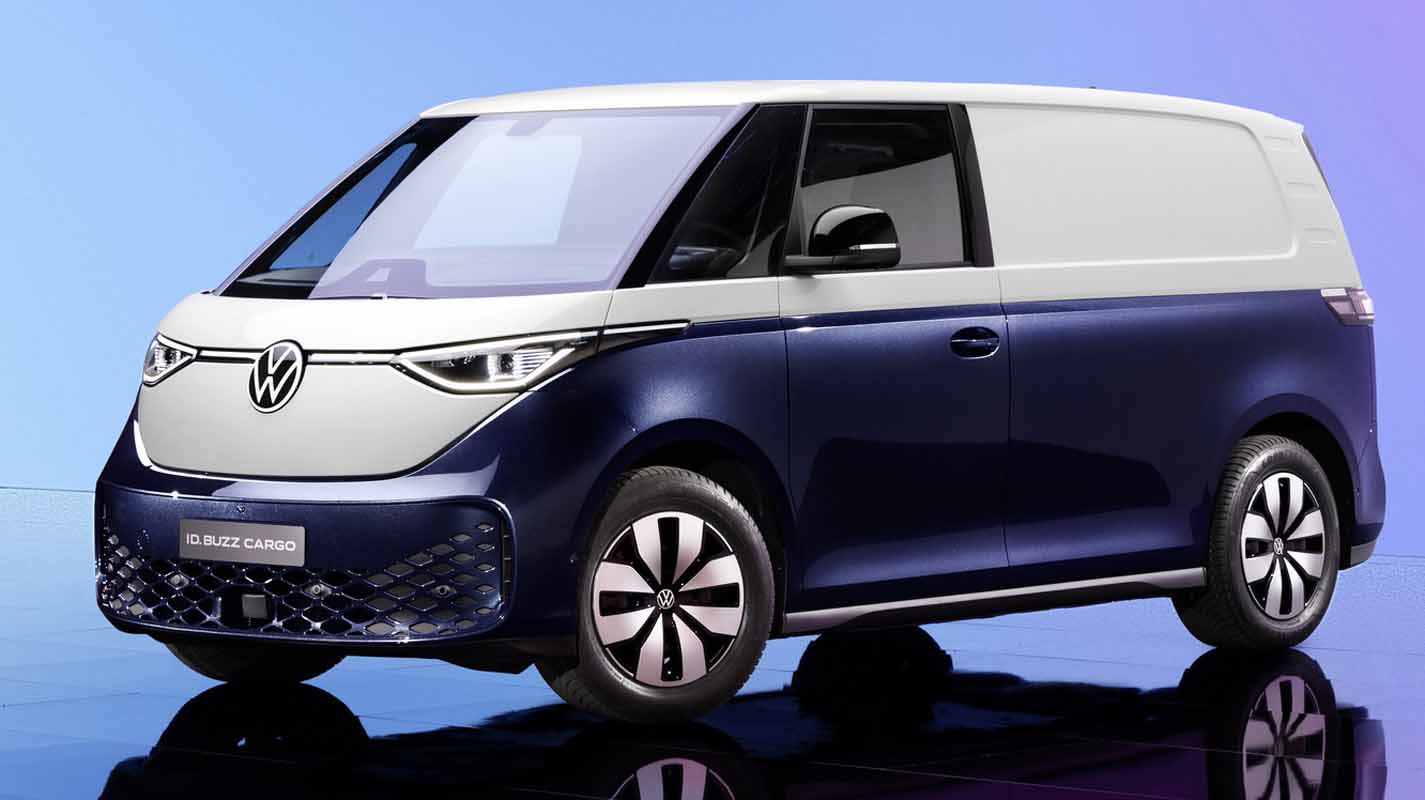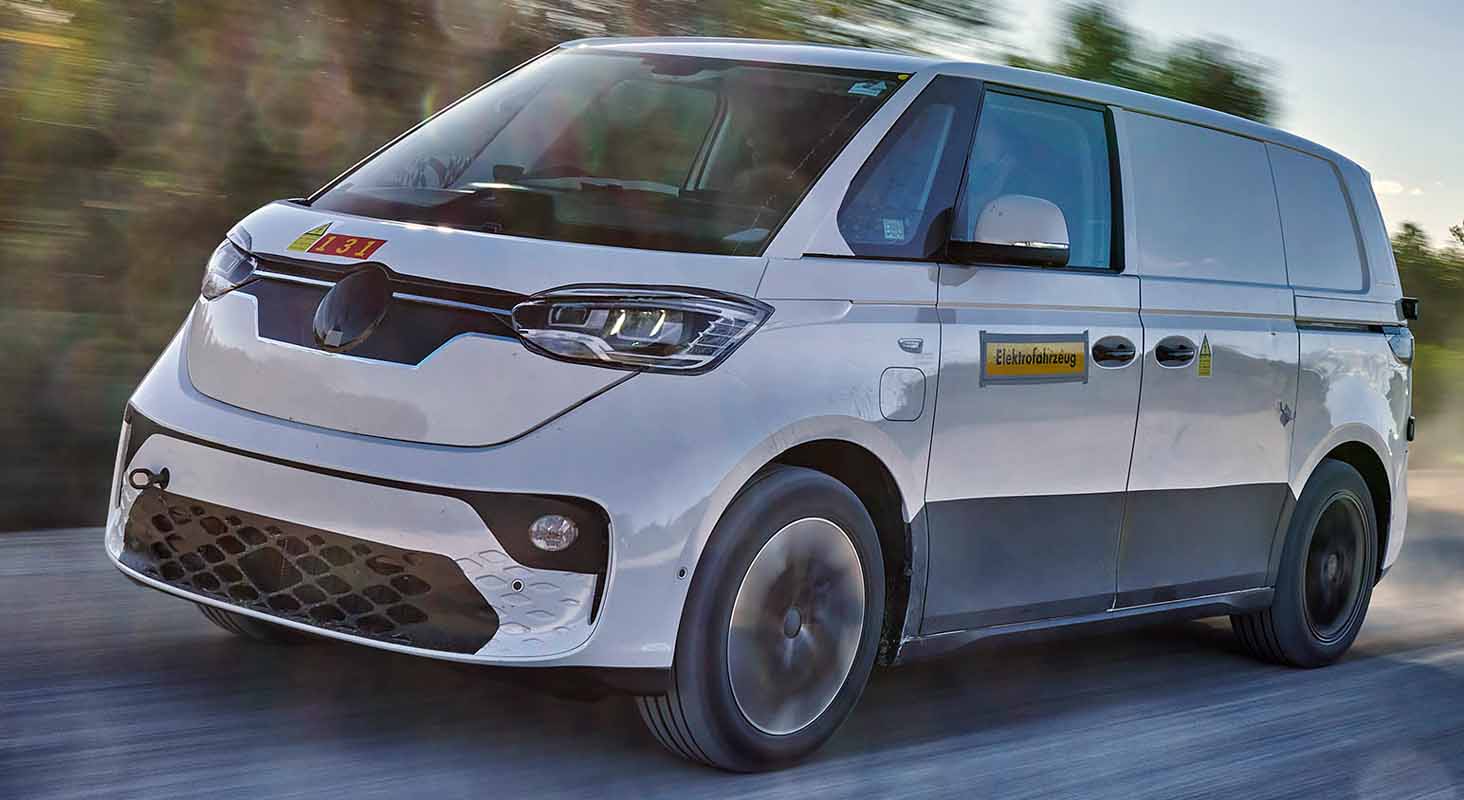
Between the unveiling of the ID. Buzz1 concept vehicle and the full-production model, which will be with customers this fall, lie around five years of hard work delivered by the development team of Volkswagen Commercial Vehicles and Volkswagen Passenger Cars. How did the designers actually manage to transfer the basic principle of the legendary original T1 Microbus and the clear contours of the concept vehicle into an all-electric bus and panel van? How in this process were the engineers able to satisfy all the demands in respect of safety, ride comfort and everyday practicality made of a modern electric vehicle? And what did the production and components staff have to get ready in order to incorporate all the parts into the production operation in Hanover, Germany, in such a way that the ID. Buzz1 is able today to be built along with the other so-called “Bulli” models (T6.1 and Multivan) on one line. A Volkswagen Commercial Vehicles’ TV crew accompanied those involved as they conquered all these challenges and to document their secret work. The result is a comprehensive report, which has been published today.
Developing the ID. family’s Microbus and a panel van called equally for cross-brand cooperation and a division of labour: designers and engineers looked for the best possible concept that combined all the requirements of the specification brief. Seven years of Bulli know-how was incorporated into the ID. Buzz1, a vehicle designed to thrill both the existing fan community and new customers. And at the same time to be as efficient as possible: the low-friction components of the Modular Electric Drive Kit (MEB) contribute to this, as do good body, underbody and wheel aerodynamics. Following lots of detailed work, the result is outstanding: at just 0.285 the drag coefficient (cd) of the ID. Buzz1 is lower than that of any other Bulli.
With the first few, hand-built prototypes it can then be decided whether all the design data and simulations from the virtual world can indeed be transferred to the real world. The proof of quality lies in testing. To ensure that also the recently unveiled ID. Buzz1 fulfils Volkswagen’s highest quality requirements, the electric ‘Bulli’ was put to the test over a complex and gruelling marathon – all over Europe and under extreme conditions. First extremely hot, from very arid to tropically moist. Then extremely cold, from dry to dank. And in many places with no real road surface. Then track testing simulated rain, snow, ice and dusty conditions to see what might penetrate joints in the bodywork and underbody and potentially cause problems there later.
Both equipped with multi-link rear suspension for separating transverse and longitudinal forces, the ID. Buzz1 and ID. Buzz Cargo2 demonstrated in the far north of Scandinavia their handling potential on snow and ice. Other aspects examined during the testing at cold temperatures are the design of materials, the electric and electronic functions, the chassis set-up, acceleration, braking and steering at low coefficients of friction and the thermal management of the whole vehicle.
“The Microbus or Bulli series have always particularly excelled through their everyday practicality”, says Stefan Lutz, Technical Project Manager for the model line at Volkswagen Commercial Vehicles. “We therefore test the ID. Buzz1 too under all conditions and weather situations. The motors, fluids, every system and operating process, the indicators and displays must all work perfectly. It is only by doing this that we can be sure that the vehicle can be driven problem-free in every region of the world.”
And the testing is done in detail: in the cold chamber, for example, tests are run to see how quickly after the vehicle is started an iced-up outside mirror is cleared by the mirror heating. To pass, the mirror – preconditioned at minus 20 degrees – must provide a clear view to the rear after just three minutes.
1 ID. Buzz: The vehicle has not gone on sale yet.
2 ID. Buzz Cargo: The vehicle has not gone on sale yet.

